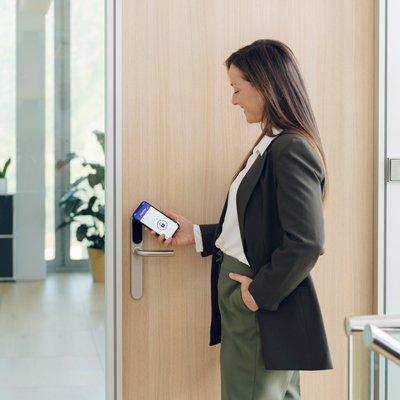 |
| End users continue to move to smart cards and smart readers, wanting the extra flexibilities they offer |
2014 was very good year at Farpointe Data. Significantly, it became part of the DORMA group, which helps cement our standing as a global partner of premium RFID solutions, including proximity, smart card and long-range solutions, for access control professionals around the world. This is a good market as there has been sustained migration among end user customers of Farpointe's OEM system partners to keyless electronic access control.
Three trends will continue into 2015 for access control system providers who resell the cards and readers. First of all, end users continue to move to smart cards and smart readers, wanting the extra flexibilities they offer – recognised global standards, higher security levels and multiple applications with a single credential. Some are migrating directly to smart card solutions from mechanical.
Next, there continues to be movement of end users wanting to protect their proximity and smart card systems more fully with an additional layer of security. As a result, many access professionals are selecting the MAXSecure option for their end users. It integrates a high-security handshake, or code, between credential and reader to help prevent card and tag duplication and ensure that a facility's readers will only collect data from its coded credentials.
Lastly, more and more end users are requesting long-range solutions in the form of receivers and transmitters. Such receivers support either 2- or 4-button transmitters and may be used from ranges up to 200 feet (61 m). Each button outputs transmitter data over its own separate Wiegand output, letting the receiver install just like a proximity reader for easy integration with the most popular card systems.
Access control integrators find receivers and transmitters to be a solution for long-range access control applications such as gates and vehicle barriers, moving aircraft in and out of secure hangars, arming and disarming alarm systems, as well as situations calling for emergency duress. Instead of using a card, which could activate more than one device or door at a time, the transmitter holder selects, in the form of a button press, exactly the mechanism to be immediately triggered.
See the full coverage of 2014/2015 Review and Forecast articles here























